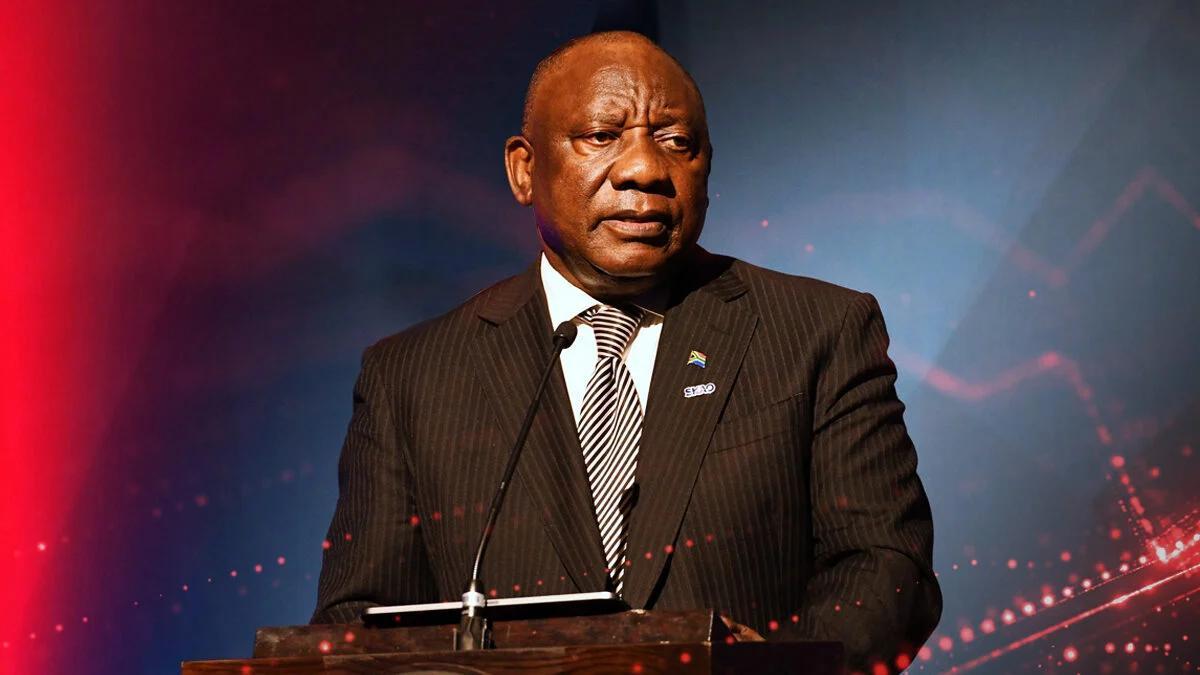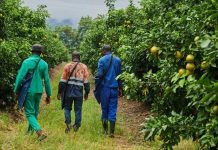Africa-Press – South-Africa. Sentiment toward South Africa has shifted decisively to positive this week, following an optimistic and credible mid-term budget review—but economists warn not to lose sight of reality in the euphoria.
Specifically, while South Africa’s fiscal consolidation is yielding positive results, and a lower inflation target is set to drive investment in bonds, the GDP growth numbers are still too low.
Among the many datapoints mentioned by Finance Minister Enoch Godongwana during his medium-term budget policy statement (MTBPS) this week, South Africa’s growth prospects appear to have dimmed.
The finance minister lowered the 2025 GDP growth projection to 1.2% from 1.4% before, noting that South Africa should see close to 2.0% growth by 2028.
The forecasts for the next two years were kept broadly unchanged, with 2026 marginally lower at 1.5% from 1.6% and 2027 kept at 1.8%.
GDP growth for 2025 was revised downwards due to 1.2% due to weaker growth outcomes in the first half of the year, reflecting weak fixed investment and lower exports.
The National Treasury has also reduced its forecasts for fixed investment, exports and government expenditure.
For the next three years, growth is projected to average 1.8%, bolstered by a recovery in fixed investment.
While an upward growth trajectory should be welcomed, Bianca Botes, Director at Citadel Global, said that this is far “below the pace needed to make meaningful progress on unemployment and poverty”.
It has been widely assessed that South Africa needs to achieve growth of over 3.0% per annum to make a dent in many of its entrenched issues.
Botes added that the 2.0% growth projection also faces its own risks, with weaker global growth, commodity price volatility and the precarious financial health of state-owned entities putting local growth under pressure.
Similarly, the current wave of optimism around South Africa’s finances will also face pressure points.
“The success of fiscal consolidation depends on effective execution, including spending reviews, professionalising the public service and accelerating infrastructure investment through private-public partnerships,” Botes said.
“Maintaining political cohesion within the Government of National Unity will also be essential for sustaining policy discipline.”
Upside and downside
Bianca Botes, Director at Citadel Global
Positively, the National Treasury isn’t blind to these risk factors—and getting to over 3.0% isn’t an impossibility.
In its baseline assessment and forecast, reforms are expected to boost infrastructure spending, alongside benefits from the reduced cost of capital, driven by lower interest rates and the country’s improved risk premium.
Household spending is expected to remain buoyant, benefiting from higher disposable income amid subdued inflation and easing monetary policy. This should get South Africa to 1.8% GDP growth by 2028.
However, the finance department is fully aware of the downside risks to growth, such as further delays in implementing reforms, particularly in energy and logistics, which would hinder the anticipated recovery.
To illustrate this, the National Treasury modelled three scenarios, looking at a global downside scenario, a global upside scenario, and a domestic upside scenario.
According to economists at Nedbank, the first scenario (global downside) mirrors the International Monetary Fund’s “higher tariff” scenario, in which global trade, supply chains, and trade volumes are adversely impacted.
In this scenario, GDP growth is 0.6 percentage points below the baseline projection by 2028 (ie, 1.2%) before widening to one percentage point by 2033.
The second scenario allows for normalisation in trade dynamics, resulting in growth of 0.3pp higher in 2028 (ie, 2.1%) and 0.5pp in 2033.
The third scenario assumes strong growth in capital spending and improved operational efficiency by public entities.
A faster pace of reform under Operation Vulindlela results in greater private sector investment, enhanced productive capacity, confidence gains and reduced sovereign risk premiums.
Growth in this scenario increases by 1.4pp above the baseline by 2028 (ie, 3.2%) and by a further 1.8pp in 2033.
Scenario2028 GDP growthBaseline1.8%Global Downside1.2%Global Upside2.1%Domestic Upside3.2%
According to Botes, despite the looming risks, the combination of credible fiscal consolidation, the lower inflation target, grey list removal, and favourable commodity prices has materially improved South Africa’s investment case.
“Markets are responding to tangible progress rather than promises, with debt stabilisation providing a foundation for sustainable growth,” she said.
“While vigilance regarding execution risks remains essential, sentiment toward South Africa has shifted decisively to positive, creating opportunities for both local and international investors who have long waited for signs of structural improvement.”
For More News And Analysis About South-Africa Follow Africa-Press






